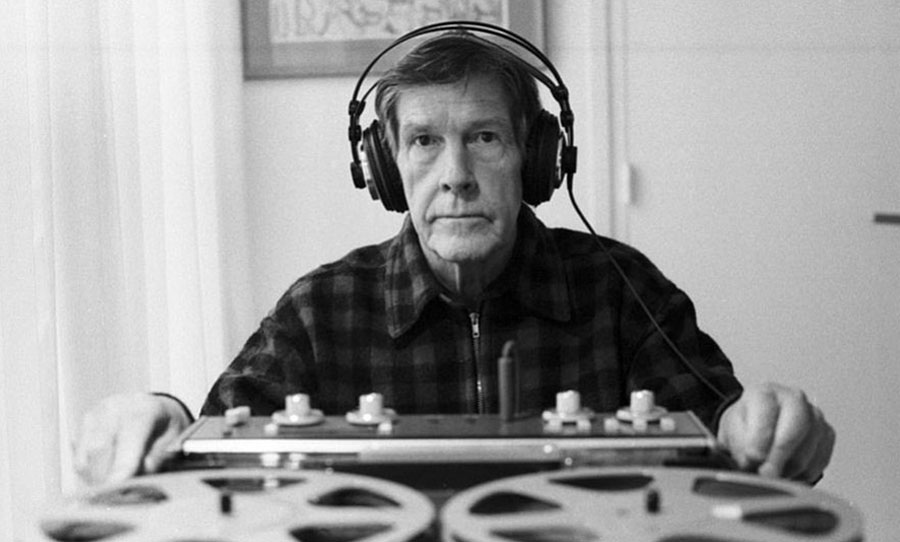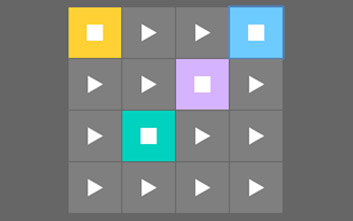Being a studious musician isn’t especially sexy in this day and age. Still, it’s undeniable that those with solid knowledge of music theory have an edge as composers – the more you understand the why behind something sounding good, the more you can manipulate those rules and innovate.
The theory behind music exists not to stifle creativity, but to abet it.
A solid knowledge of music theory will have a huge impact on the way you compose and produce music. Here are three areas that are definitely worth knowing.
For the modern-day songwriter starting from scratch, there are just a few fundamentals required to pave your own path.
First, here’s what you don’t need to know in order to make great music:
How to read music – With the miracle of DAWs, being able to read sheet music is entirely optional for a burgeoning musician. However, it’s definitely not a drawback to know some basics of music notation, if only so you don’t get caught committing elementary flubs like confusing bass and treble clefs. Google searching “music notation for dummies,” or some variation of, should point you in the right direction.
How to play an instrument– For the average vocational musician, it’s a logical progression from playing other people’s music to making your own. But if you have no ambition to perform, you can be forgiven for taking the shortcut straight to composition. (And if you’re a DJ, you can feasibly sidestep traditional instruments altogether.) The key is in understanding enough about music theory to produce stuff with some depth.
Now we’ve established that segue…
3 Things You Really Need To Know
Key Signatures
Writing a song in key is literally the most vital element of composition, yet an outrageously overlooked consideration among electronic producers. In particular, out-of-key remixes are apparently a dime a dozen.
To be an optimal producer, it’s paramount to have authorial control over every component of your production. That’s why it’s fundamental to know which key signature(s) you’re working with.
During the composing process, we advise keeping handy an illustrative list of key signatures. Consult this guide to verify which notes actually belong to the key you’ve chosen. Note there’s a distinction between major and minor keys. (In short, major keys are bright and cheerful; minors are depressive and creepy.)
Of course, for many musicians, this is all instinctive. If a note sounds wrong, then it doesn’t belong. But if you can’t trust your ears, there’s easily accessible information out there.
Identifying the key of a song is another challenge for an electronic producer. Until you’re advanced enough to do it by ear, probably the simplest solution is software like KeyFinder. Alternatively, if you’re looking to challenge yourself, one dependable method is to isolate a song’s bass line—a few bars will suffice—and pinpoint the root notes of the chord progression (more on that later).
From there it’s a matter of narrowing down which keys contain those notes.
So why is it important that your track is in key?
Because the alternative is that the music sounds bad. That’s the sum and total of it. It’s all too easy to lose perspective on a piece when you’ve been at your DAW for hours, but the average listener will be repelled—they might not be able to pinpoint why a song is off-putting, but they’ll know their ears don’t like it.
Note that this is not to be confused with songs that stylistically include out-of-key chords (see: jazz and blues). The distinction is that the latter is an artistic choice, while the former is borne out of ignorance.
In a DAW, audio samples typically come with a “transpose” control for the express purpose of matching your key. Use it.
Chord Progressions
Chords are the harmonic building blocks of a piece of music. In essence, they consist of at least two notes (hopefully from the same key) played simultaneously.
The most common kind of chord is the triad, which comprises of the root (bass) note plus two others at even intervals (a finger pattern known as 1-3-5). Another ubiquitous type is the power chord, known as such because it spans a full octave, where the root note appears twice, e.g. C4-G4-C5.
There are infinite other combinations.
Chord progressions are important because, to state the obvious, they cause movement. If your track lacks chord progressions, it’s not going anywhere which can be troublesome(unless you’re a house producer).
The good news is a chord progression doesn’t have to be at all sophisticated to make a good riff.
The bad news is that there’s a finite amount of chord progressions that make for catchy hooks. This explains why literally thousands of songs—particularly in pop music—use the same ones, accounting for that phenomenon where all songs sound the same.
That offender there is actually derived from Pachelbel’s Canon – the single most influential piece of classical music in human history.
This infamously crowd-pleasing chord progression (starting with the 1/5/6 root note movement) has been used and abused by everyone, from U2 to Green Day to The Beatles.
Rest assured, there’s nothing wrong with using any of the above. Clearly, they work. Our tip: Be sparing.
If you’re struggling to invent something original… there’s a market of apps for that! The free Suggester app by Mathieu Routhier is just one among oodles of chord-building tools.
The great news is that once you understand chords, you’ve pretty much unlocked the secret of the universe with regards to songwriting. You can break up chords to develop melodies and harmonies. You can throw in a key change or two.
You can even deliberately include some notes outside the key signature (known as “accidentals”) for an element of surprise. Once you get the hang of chord progressions, there is no limit to composition.
Time Signatures
If you’re more interested in rhythm than melodies, it’s prudent to know your stuff with regards to metre. Feasibly, for a disco/house producer, you could get away with using four-to-the-floor for the rest of your life. But in the interest of building varied drum racks, you may as well have a good handful up your sleeve.
As many would understand instinctively, a metre denotes the number and the length of beats in one bar. The longest note value in use is a semibreve, which amounts to four beats—an entire bar. Ergo, 4/4 is called so because one bar is made up of four (out of four) quarter-beats – also known as “crochets”.
This is the simplest form of metre there is. (Other simple forms are 2/4 and ¾ – whichever one is used depends on the rhythmic phrasing of a melody line.)
Things get more complicated with compound time signatures. In these, rather than a crochet, a dotted note (= the designated note + half its value) serves as the beat unit. The upshot of this is that the bass drum hits on an off-beat.
Compare the simple ¾ with 6/8 time. (Here, you can think of the 6 as representing the number of hi-hat hits in a bar.) Both metres contain the same amount of time; however, the distinction is that the accents in 6/8 are syncopated. This transforms the entire feel of a piece.
There are also a variety of “complex” time signatures which, for the sake of everyone’s sanity, we’ll speak no more of here.
Hence, different rhythmic patterns are suited to different musical genres – or to put it another way, different musical genres are founded on different rhythmic patterns. While house and disco are driven on four-to-the-floor, dubstep thrives on syncopation, jazz on swing, trap on double time (or triple!), and so on and so forth.
Do your research. Once you’ve become familiar with each genre’s favourite beat drops, the door is wide open for musical fusions. You can infuse a hard rock riff with an R&B beat, a string section with trap hi-hats, a house track with swing, etcetera etcetera.
Hopefully, you’ve now been inspired to dive deeper into the bottomless pit that is music theory, for the purpose of adding some spice to your productions. Go forth and create.


